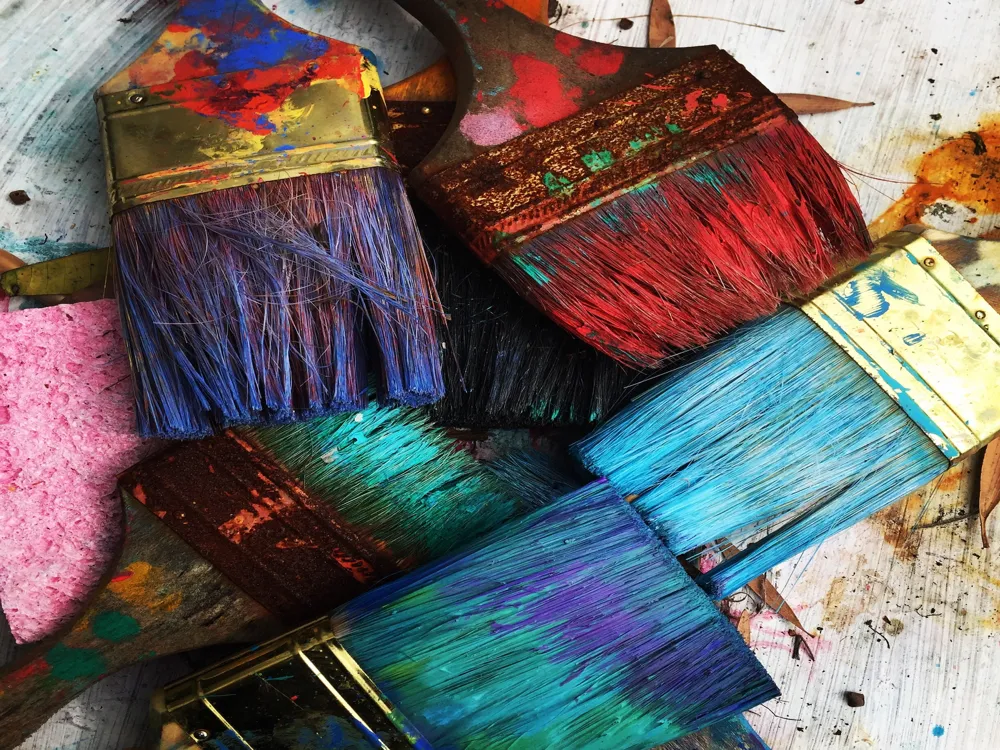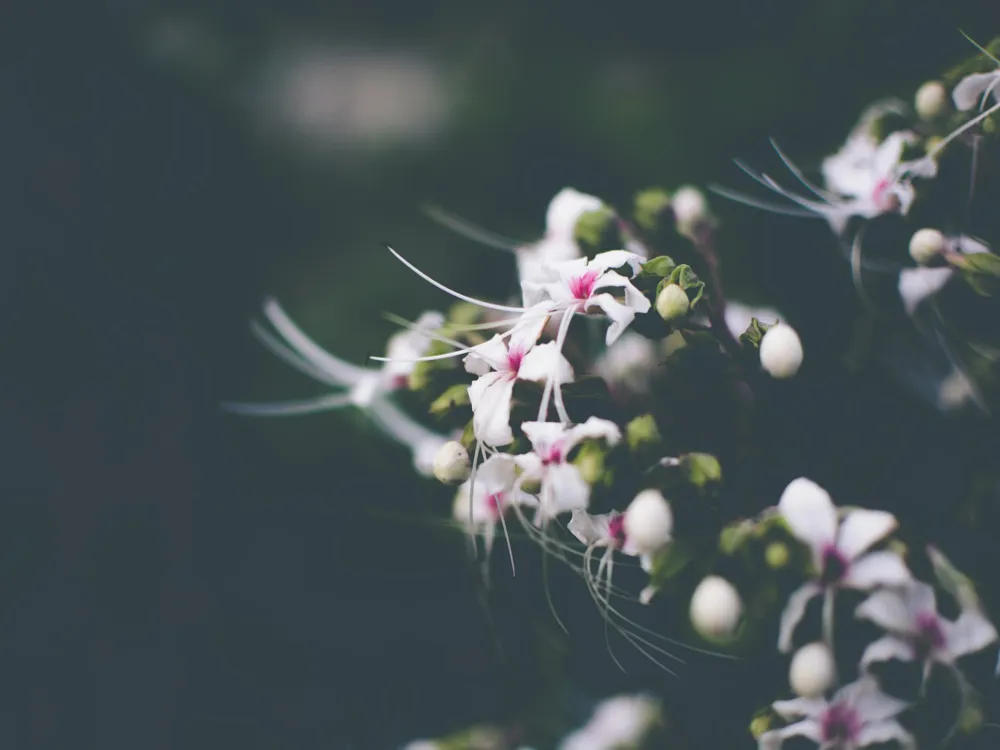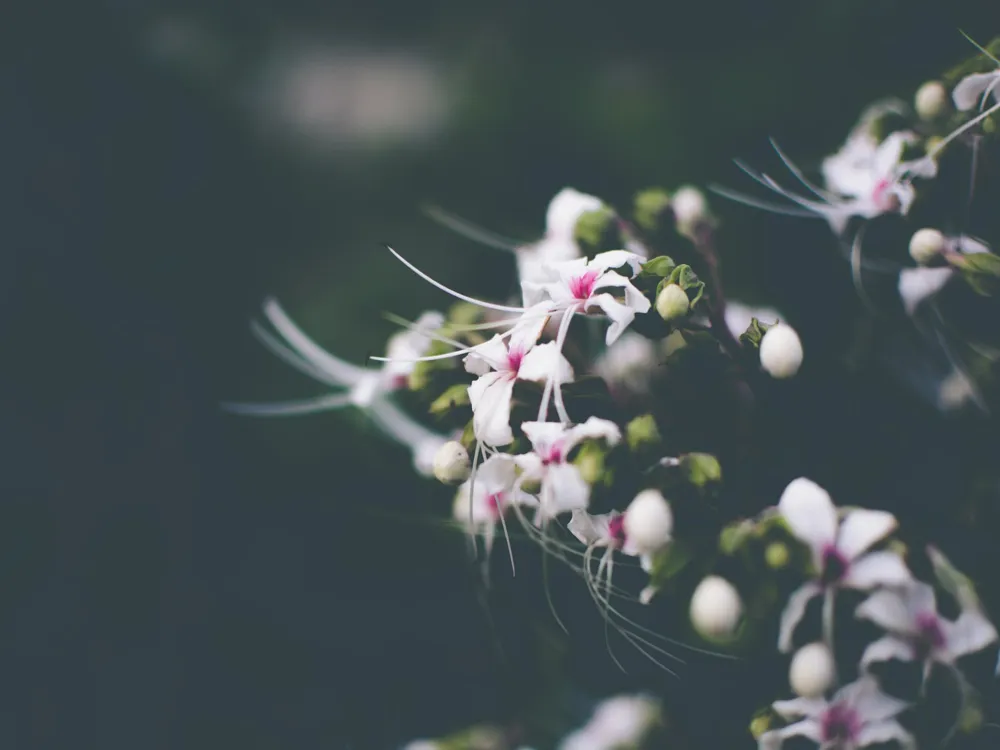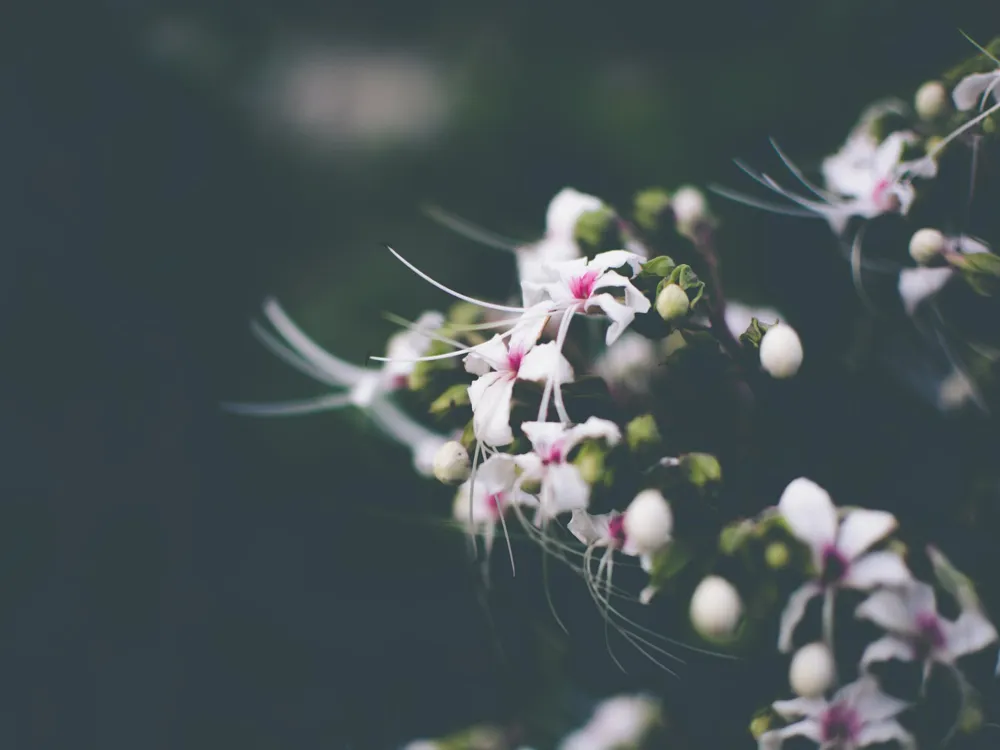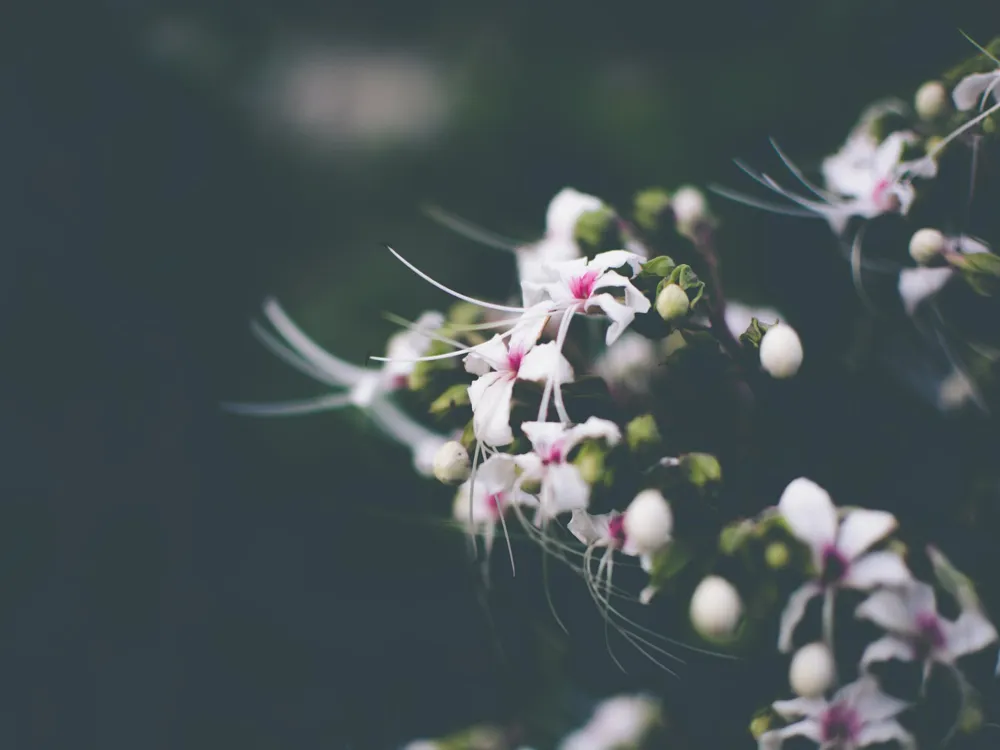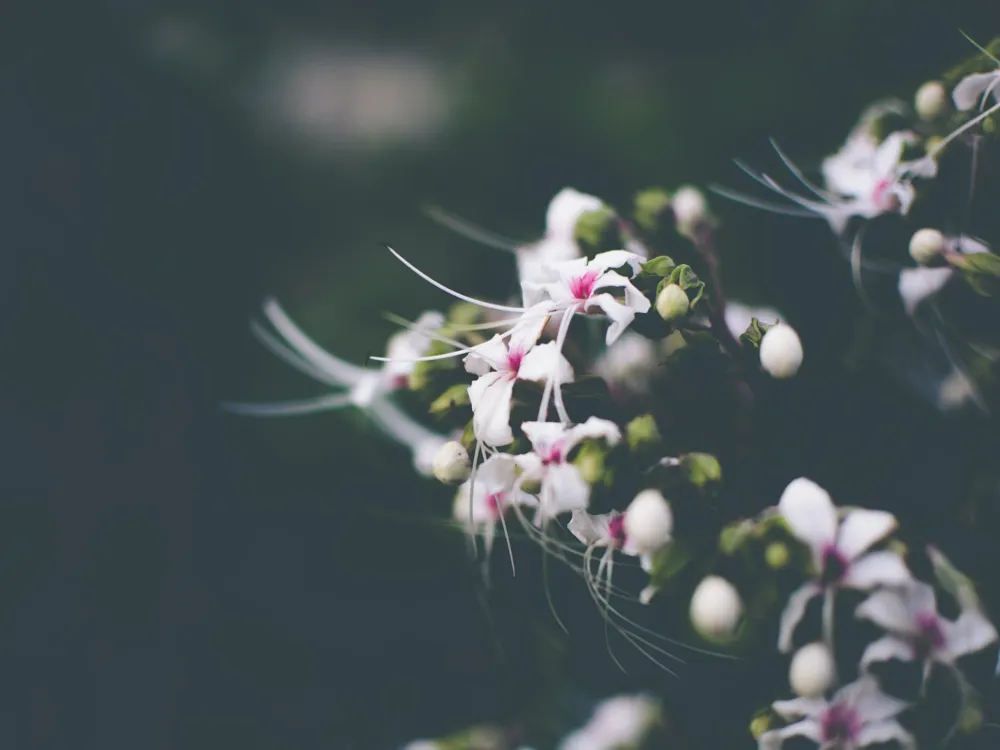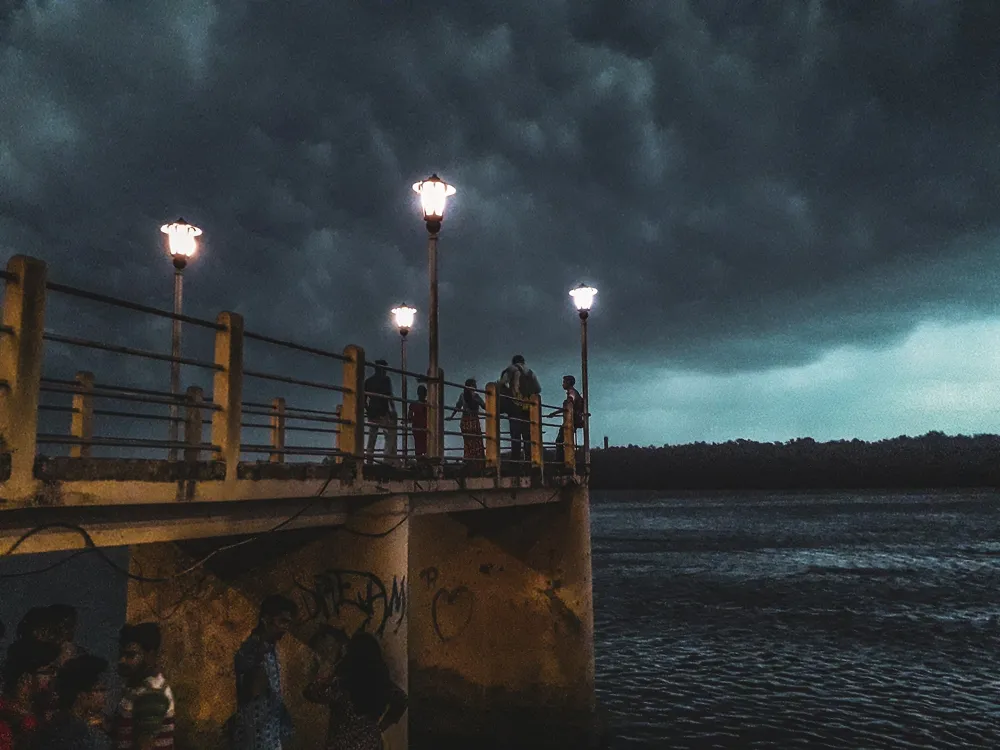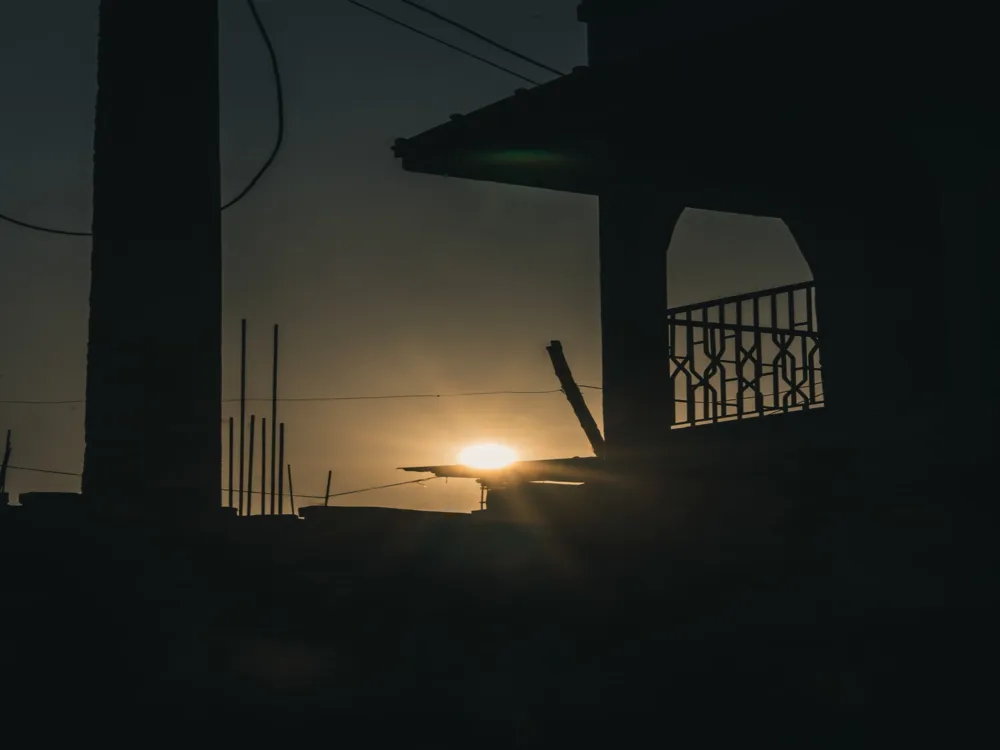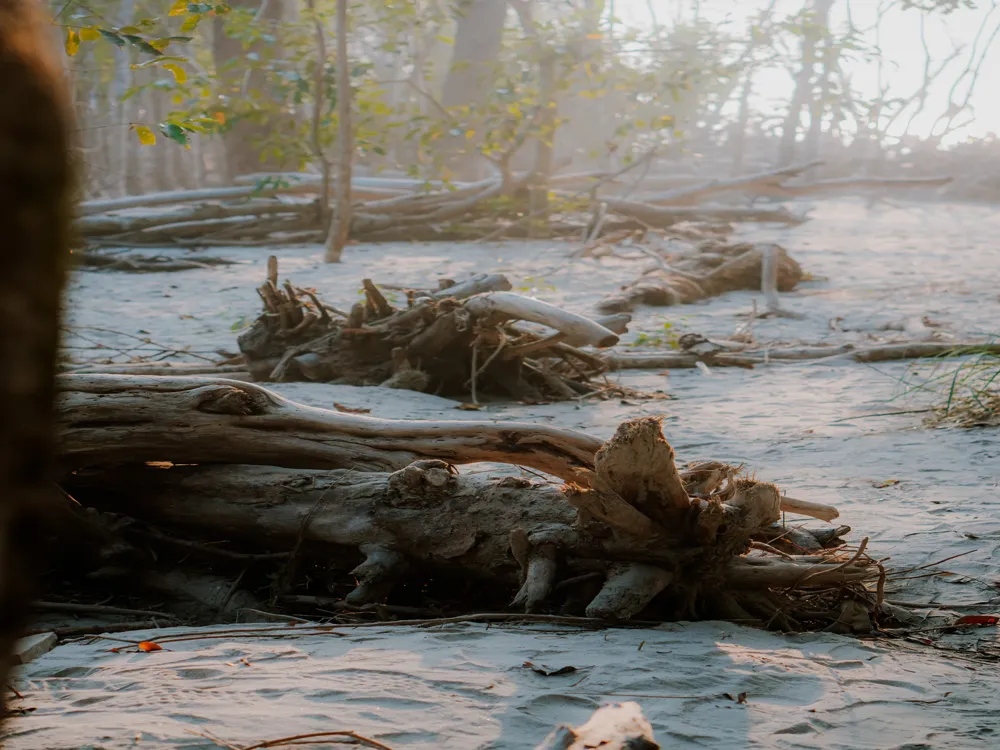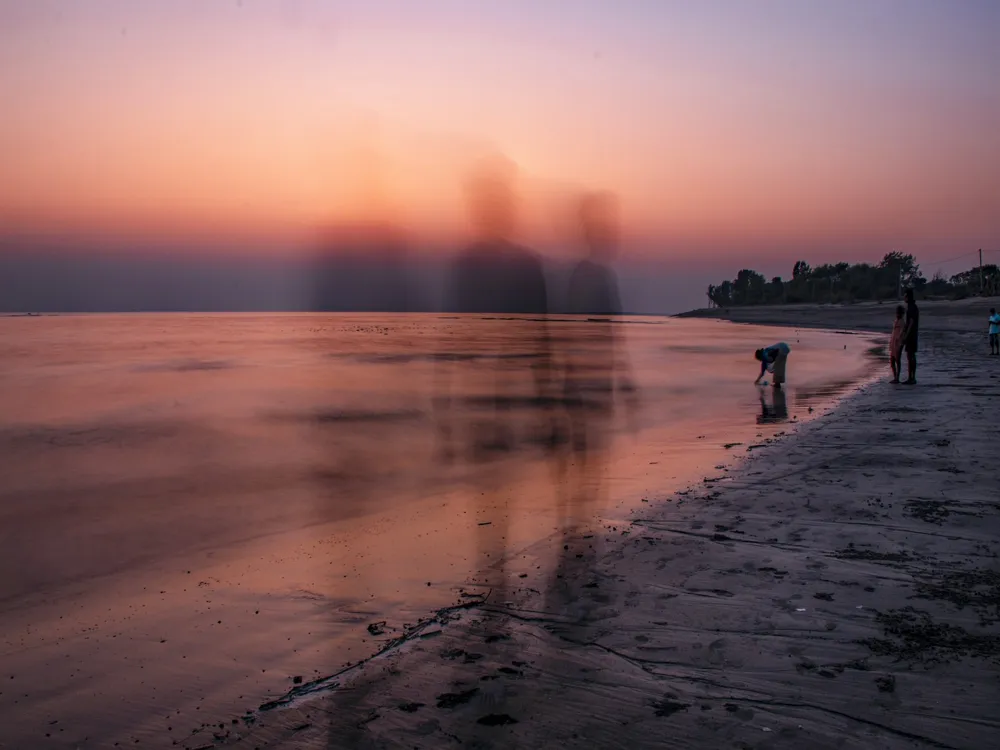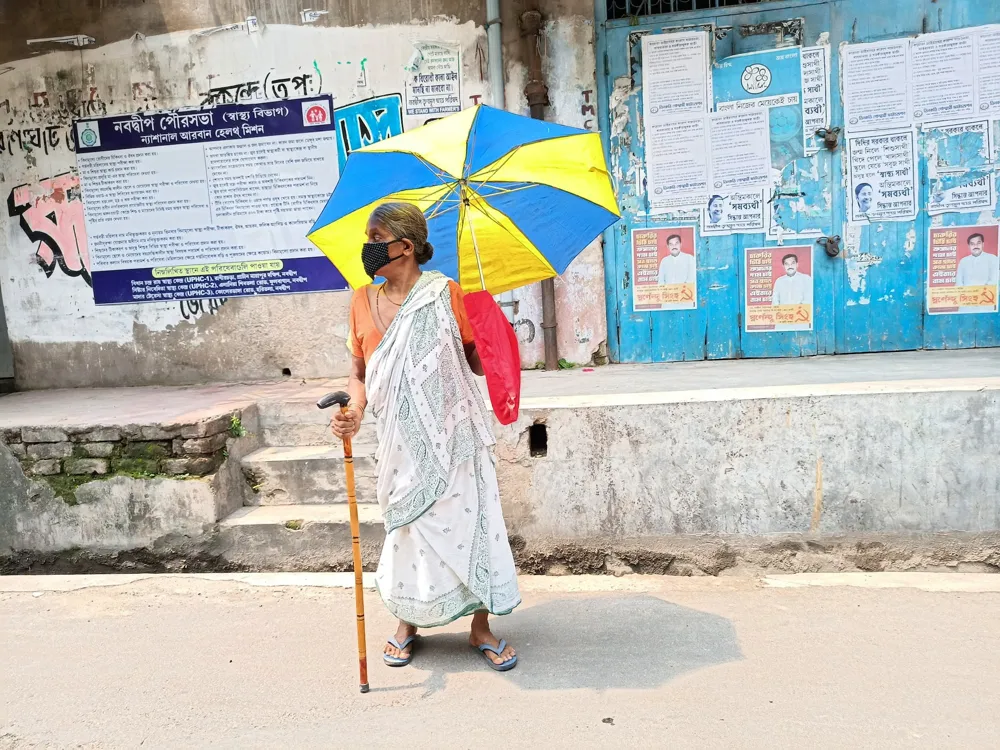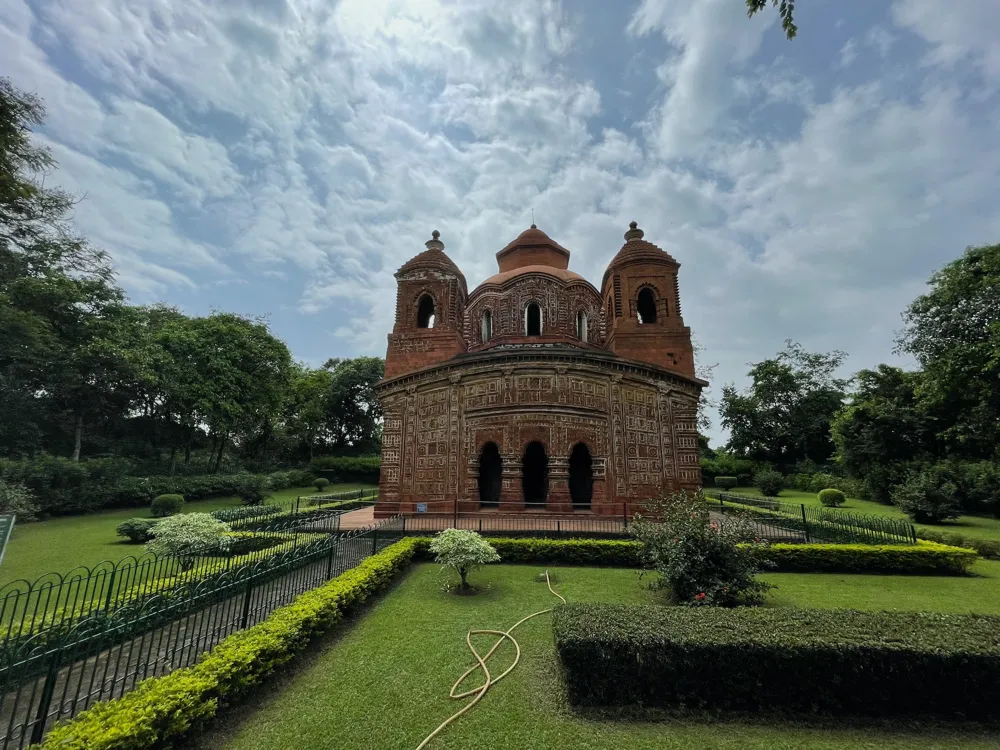Nestled in the lush landscape of West Bengal, Deulti is an enchanting village near Kolkata that offers a serene escape from the bustling city life. This hidden gem is not just a retreat for nature lovers but also a paradise for those who appreciate the richness of Indian culture and architecture. In this comprehensive guide, we will delve deep into the wonders of Deulti, from its captivating architecture to essential tips for visitors. Join us on this journey to explore the beauty and charm of Deulti, a must-visit destination for anyone traveling to Kolkata, West Bengal. Deulti, though a small village, boasts an impressive array of architectural marvels that reflect the rich cultural heritage of West Bengal. The architecture here is a blend of traditional and colonial influences, making it a fascinating subject for history buffs and architecture enthusiasts alike. In this section, we will explore the architectural wonders of Deulti, showcasing the unique features and historical significance of each structure. The village of Deulti is home to several traditional Bengali homes, known for their distinct architectural style. These homes are characterized by their intricate woodwork, large courtyards, and beautifully crafted terracotta tiles. The use of local materials and indigenous construction techniques makes these homes not just aesthetically pleasing but also eco-friendly. Additionally, the temples in Deulti are a testament to the religious and cultural importance of the region. The Radha Krishna temple, for example, is a splendid example of classical Bengali temple architecture, with its ornate terracotta carvings depicting scenes from Hindu mythology. Deulti's proximity to Kolkata, which was the capital of British India, has left a mark on its architecture. The colonial influence is evident in several structures that dot the village. These buildings, built during the British era, exhibit a blend of European and Indian architectural styles, creating a unique fusion that adds to the charm of Deulti. The most prominent among these is the house of the famous Bengali writer, Sarat Chandra Chattopadhyay, which has now been converted into a museum. This heritage building, with its high ceilings, spacious verandas, and large windows, offers a glimpse into the lifestyle of the colonial era. While Deulti is steeped in history, it is also evolving with the times. Recent architectural developments have introduced contemporary design elements while preserving the village's traditional charm. These modern structures, often used as resorts or guest houses, provide comfortable accommodations for visitors without detracting from the rustic beauty of the village. The use of sustainable materials and design principles in these new constructions further highlights Deulti's commitment to preserving its natural and cultural heritage. Visiting Deulti can be an enriching experience if you know what to expect and how to prepare for your journey. Whether you are a first-time visitor or a returning traveler, these tips will help you make the most of your trip to this charming village. From the best time to visit to local customs and etiquette, we've got you covered with a comprehensive guide to ensure a delightful and hassle-free experience in Deulti. The ideal time to visit Deulti is during the cooler months, from October to March. During this period, the weather is pleasant, making it perfect for exploring the village and its surroundings. The monsoon season, from June to September, can be quite heavy, potentially hampering outdoor activities. However, the lush greenery post-monsoons can be quite a sight for nature lovers. Respecting local customs and etiquette is crucial when visiting Deulti. Being a traditional village, it is advisable to dress modestly and be mindful of local sensibilities. Greeting people with a simple 'Namaste' can go a long way in showing respect for the local culture. Also, when visiting temples or religious sites, remember to remove your shoes and follow any specific customs that might be in place. Deulti offers a range of accommodations, from budget-friendly guesthouses to more upscale resorts. Many of these places provide a taste of local Bengali cuisine, which is a must-try for food enthusiasts. The traditional fish curry and rice is a staple dish that you shouldn't miss. Additionally, there are several local eateries where you can enjoy authentic Bengali snacks and sweets. Deulti is well-connected by road and rail, making it easily accessible from Kolkata. The nearest railway station is Deulti station, and there are regular trains from Howrah station in Kolkata. If you prefer road travel, you can hire a taxi or take a bus from Kolkata, which is approximately a two-hour drive. Once in Deulti, you can explore the village on foot or hire a cycle rickshaw for a more authentic experience. There's much to do in Deulti, from exploring the architectural marvels to enjoying the natural beauty of the surrounding areas. A walk through the village will lead you to the house of Sarat Chandra Chattopadhyay, which is now a museum showcasing his life and works. Nature enthusiasts can visit the nearby Rupnarayan River for a scenic boat ride or simply enjoy a leisurely stroll along its banks. For those interested in adventure, there are options for trekking and bird watching in the nearby forests. While Deulti is generally a safe place to visit, it's always wise to take basic health and safety precautions. Carrying mosquito repellent and staying hydrated is important, especially during the summer months. It's also advisable to have a basic first-aid kit handy and be aware of the nearest medical facilities in case of emergencies. Reaching Deulti is fairly straightforward, whether you're coming from within West Bengal or from other parts of India. In this section, we'll guide you through the various modes of transportation available to reach this quaint village, ensuring a smooth and hassle-free start to your journey. The most convenient way to reach Deulti is by train. Deulti has its own railway station, which is well-connected to Kolkata's Howrah station. The journey by train is not just cost-effective but also offers a scenic view of the countryside, making it a preferred choice for many travelers. If you prefer a road trip, you can drive to Deulti or hire a taxi from Kolkata. The journey takes about two hours and takes you through some picturesque rural landscapes. There are also regular bus services from Kolkata to Deulti, offering an economical option for travelers. For visitors coming from outside West Bengal, the nearest airport is the Netaji Subhash Chandra Bose International Airport in Kolkata. From there, you can take a train or hire a taxi to reach Deulti. Once in Deulti, getting around is quite easy. The village can be comfortably explored on foot, providing an intimate experience of its rustic charm. For longer distances, cycle rickshaws and auto-rickshaws are readily available at affordable rates. Read More:Welcome to Deulti: A Hidden Gem in Kolkata, West Bengal
The Alluring Architecture of Deulti
Traditional Bengali Homes and Temples
Colonial Influences and Legacy
Contemporary Architectural Developments
Exploring Deulti: Tips for a Memorable Visit
Best Time to Visit Deulti
Local Customs and Etiquette
Accommodations and Dining Options
Transportation and Accessibility
Activities and Attractions
Health and Safety Precautions
How to Reach Deulti: Your Gateway to Serenity
By Train: A Scenic Journey
By Road: A Drive Through the Countryside
By Air: For Those Coming from Afar
Local Transportation in Deulti
Deulti
Kolkata
West Bengal
NaN onwards
View kolkata Packages
Kolkata Travel Packages
View All Packages For Kolkata
Top Hotel Collections for Kolkata

Private Pool

Luxury Hotels

5-Star Hotels

Pet Friendly
Top Hotels Near Kolkata
Other Top Ranking Places In Kolkata
View All Places To Visit In kolkata
View kolkata Packages
Kolkata Travel Packages
View All Packages For Kolkata
Top Hotel Collections for Kolkata

Private Pool

Luxury Hotels

5-Star Hotels

Pet Friendly







